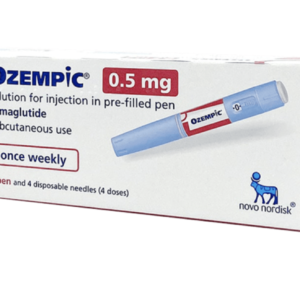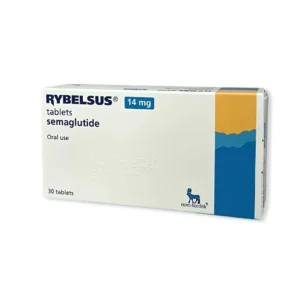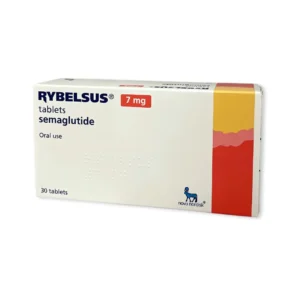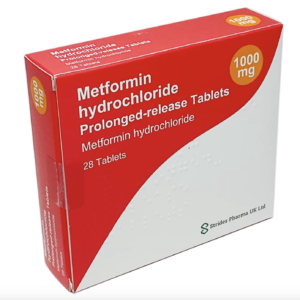No products in the cart.
Type 2 Diabetes
Type 2 Diabetes is a condition that happens because of a problem in the way the body regulates and uses sugar as a fuel. That sugar also is called glucose. This long-term condition results in too much sugar circulating in the blood. Eventually, high blood sugar levels can lead to disorders of the circulatory, nervous and immune systems.
In type 2 diabete, there are primarily two problems. The pancreas does not produce enough insulin — a hormone that regulates the movement of sugar into the cells. And cells respond poorly to insulin and take in less sugar. There’s no cure for type 2 diabetes. Losing weight, eating well and exercising can help manage the disease. If diet and exercise aren’t enough to control blood sugar, diabetes medications or insulin therapy may be recommended.
Symptoms of type 2 diabete often develop slowly. In fact, you can be living with type 2 diabetes for years and not know it. When symptoms are present, they may include: Increased thirst, Frequent urination, Increased hunger, Unintended weight loss, Fatigue, Blurred vision, Slow-healing sores, Frequent infections, Numbness or tingling in the hands or feet, Areas of darkened skin, usually in the armpits and neck.
How Insulin Works
Insulin is a hormone that comes from the pancreas — a gland located behind and below the stomach. Insulin controls how the body uses sugar in the following ways:
- Sugar in the bloodstream triggers the pancreas to release insulin.
- Insulin circulates in the bloodstream, enabling sugar to enter the cells.
Type 2 Diabetes
£149.99 – £299.99
This product has multiple variants. The options may be chosen on the product pageType 2 Diabetes
£149.99 – £399.99
This product has multiple variants. The options may be chosen on the product pageType 2 Diabetes
£179.99 – £249.99
This product has multiple variants. The options may be chosen on the product pageType 2 Diabetes
£149.99 – £249.99
This product has multiple variants. The options may be chosen on the product pageType 2 Diabetes
£104.99 – £144.99
This product has multiple variants. The options may be chosen on the product pageType 2 Diabetes
£129.99 – £199.99
This product has multiple variants. The options may be chosen on the product pageType 2 Diabetes
£134.99
This product has multiple variants. The options may be chosen on the product pageType 2 Diabetes
£179.99
This product has multiple variants. The options may be chosen on the product pageType 2 Diabetes
£139.99 – £249.99
This product has multiple variants. The options may be chosen on the product pageType 2 Diabetes
£129.99
This product has multiple variants. The options may be chosen on the product pageType 2 Diabetes
£104.99 – £249.99
This product has multiple variants. The options may be chosen on the product page





















